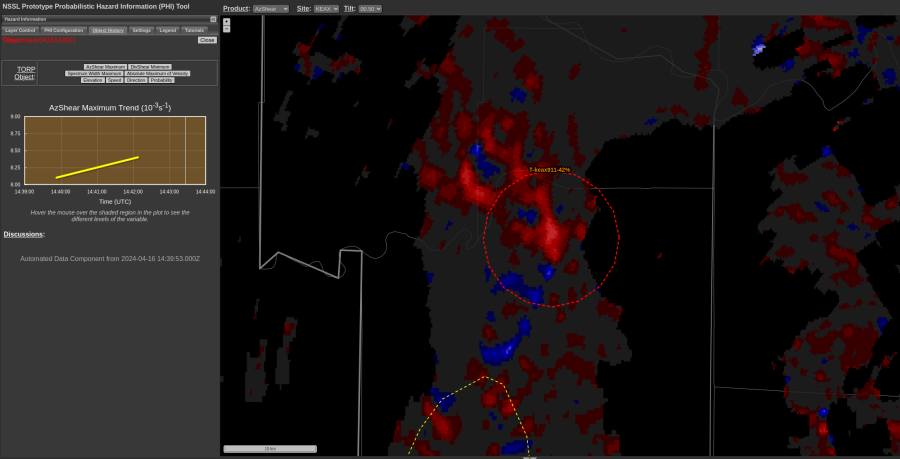Along with radar data, near-storm environmental conditions are an integral part of the warning decision, so including it in the TORP display would be very useful to warning forecasters. Contoured plan view data of MUCAPE, MLCIN, 0-1 km helicity, etc should be added to the “Weather Related Overlays” to tell if storms are moving into more/less favorable environments. Some other environmental data items that could be added to the list of graphed data trends: DCAPE, 0-6 km shear, 0-3 km helicity, Other forecasters will have their own preferences for what environmental parameters to include. 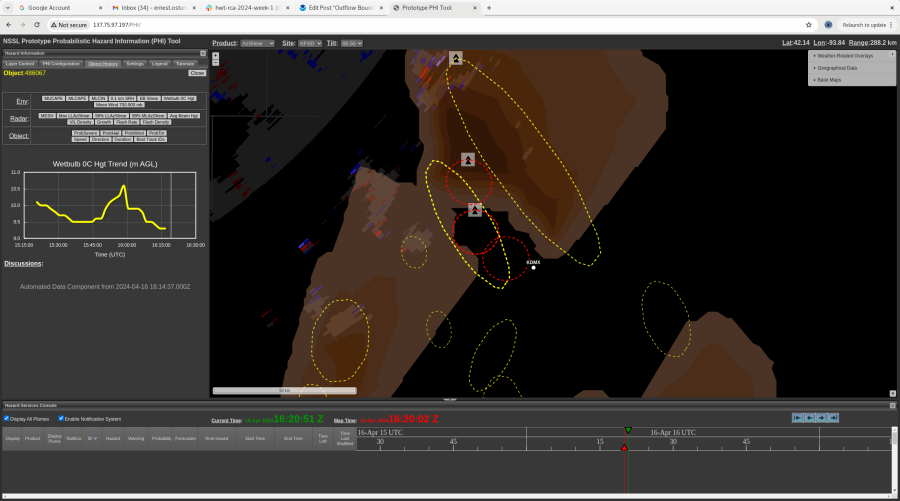
Posted by Rigel


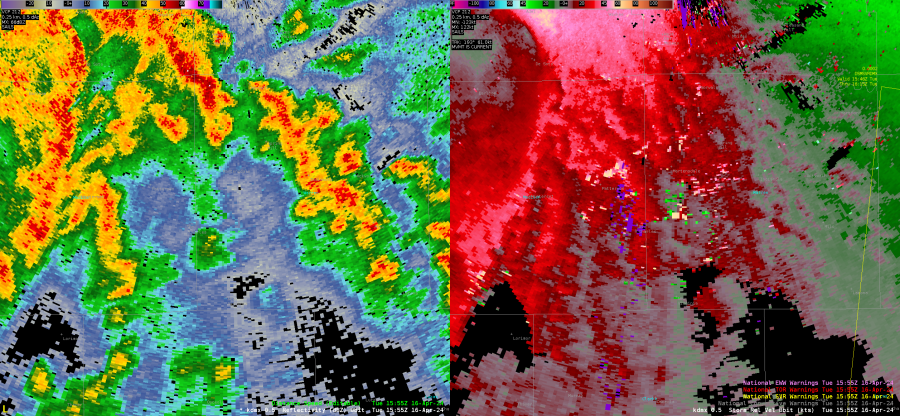


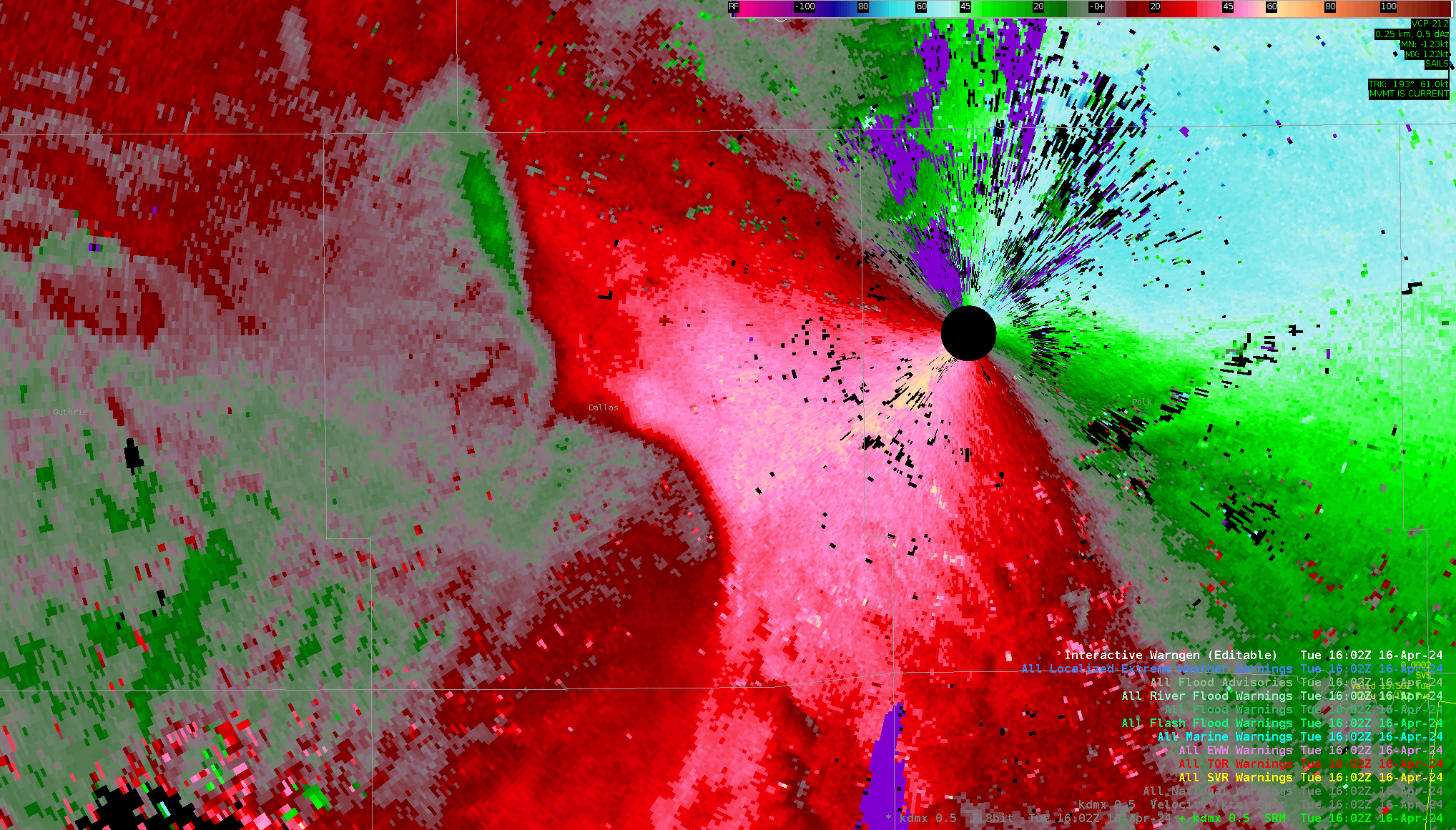


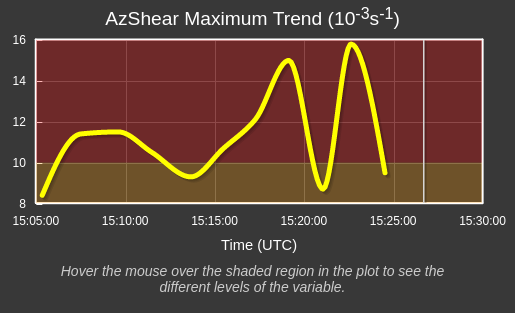
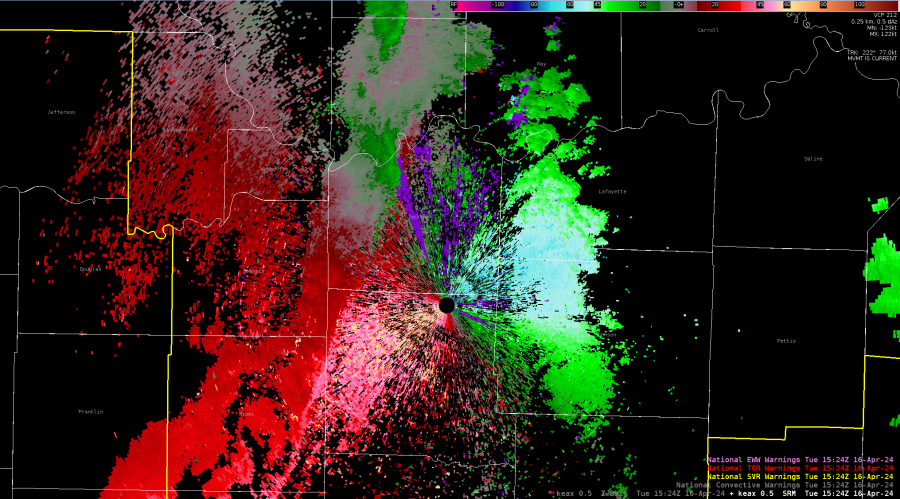
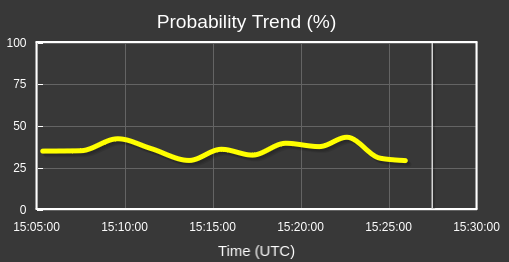

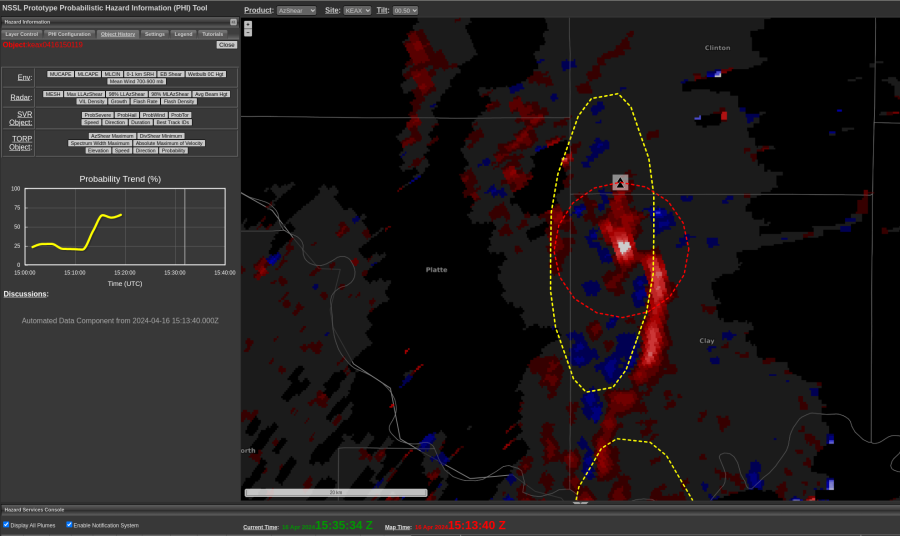
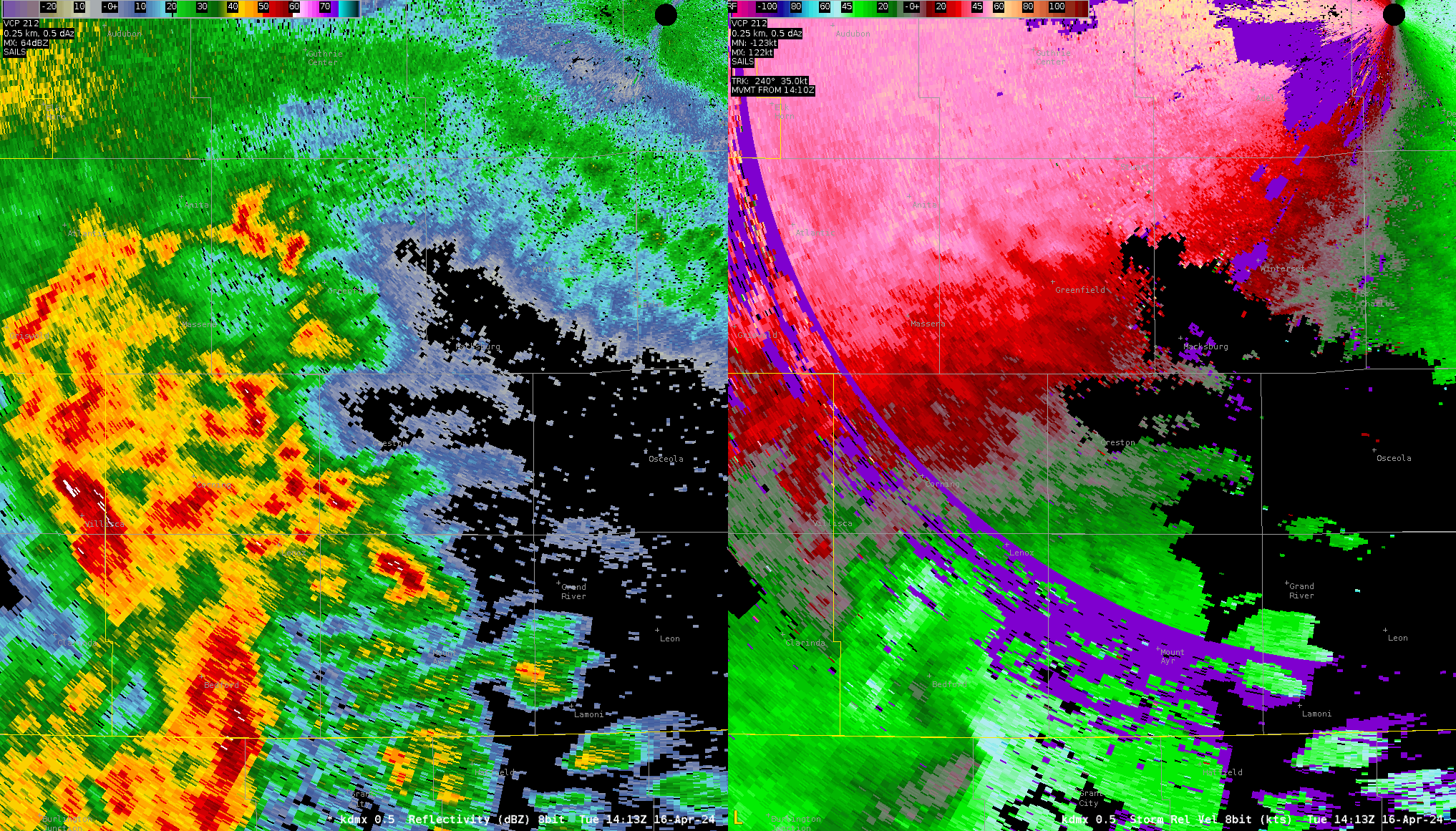
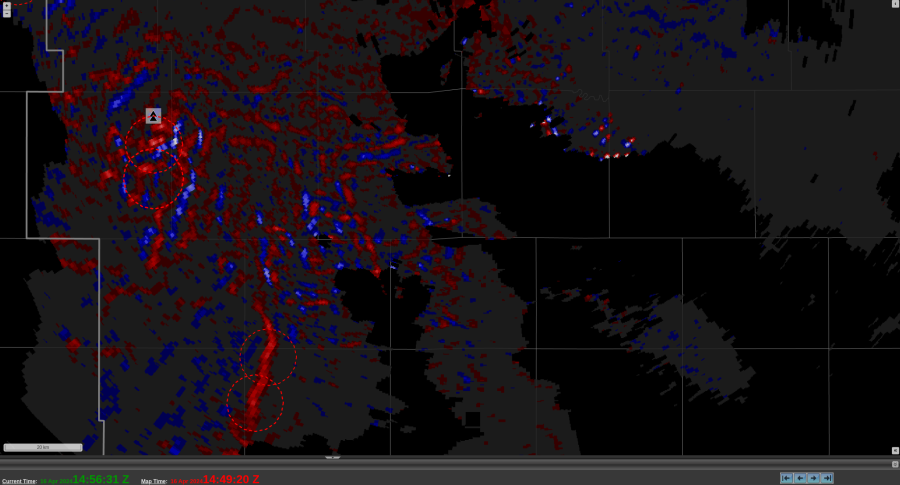
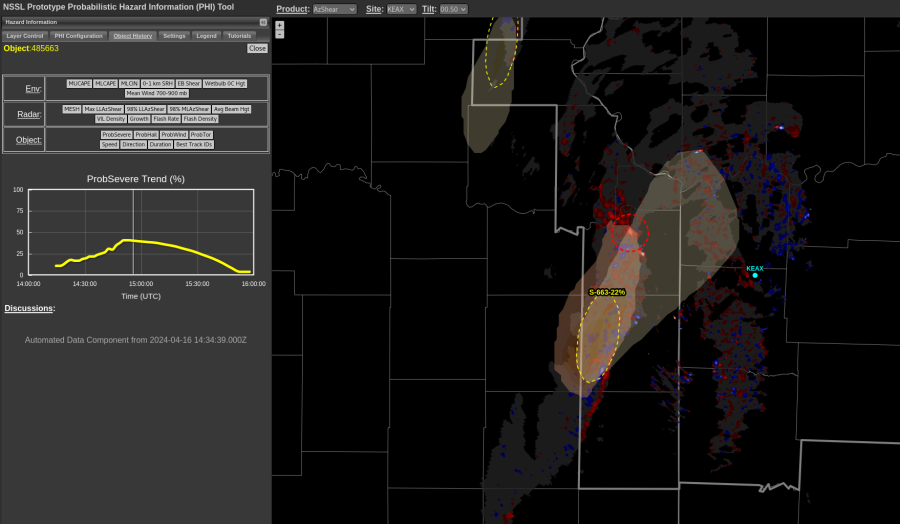 Initially, prob severe detected a small area for it’s algorithm and it tagged it with low severe probabilities. As the storm progressed, prob severe picked up a larger area for the object, and when it did that, the probabilities increased.
Initially, prob severe detected a small area for it’s algorithm and it tagged it with low severe probabilities. As the storm progressed, prob severe picked up a larger area for the object, and when it did that, the probabilities increased.  This could indicate that the storm is gaining strength, but radar presentation has remained almost steady state. This could be a detection issue as when it picks up a larger area, the probabilities increase due to size.
This could indicate that the storm is gaining strength, but radar presentation has remained almost steady state. This could be a detection issue as when it picks up a larger area, the probabilities increase due to size.
